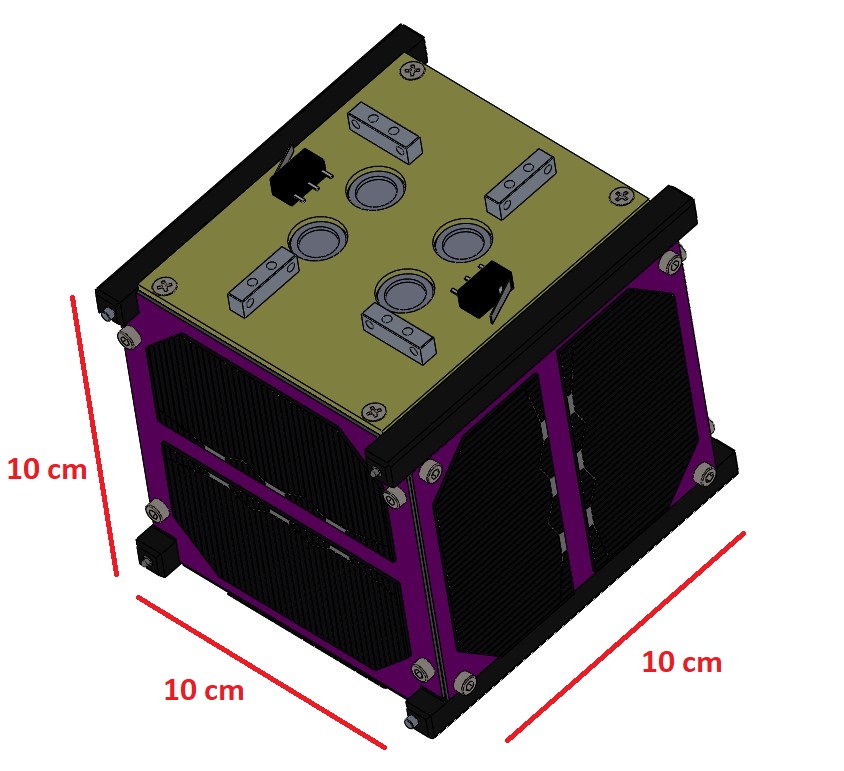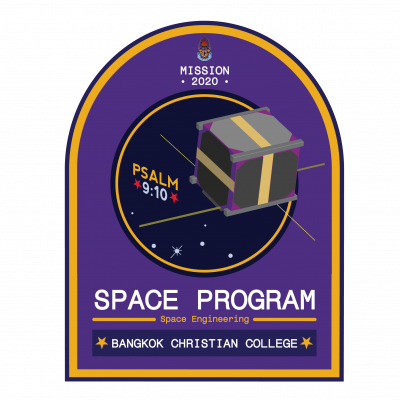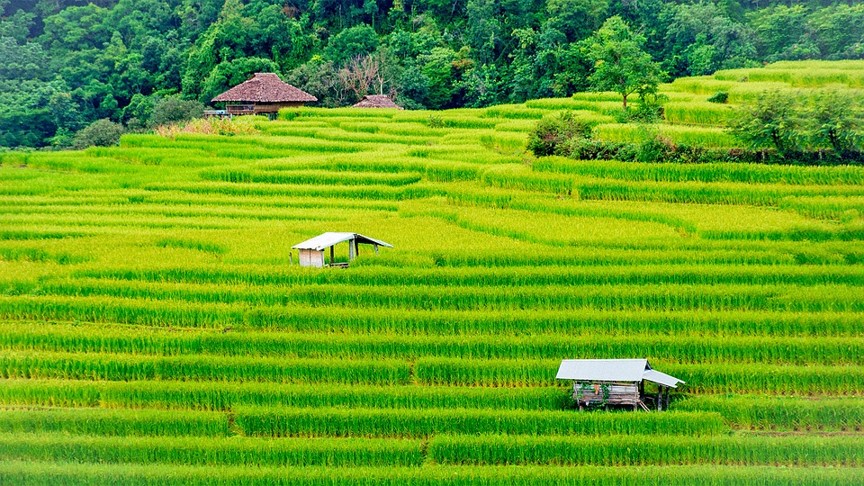Our first goal on designing our BCCSAT-1’s payload, is to maximize the benefits of our cubesat for our country. With some research, we all agreed that we will put an optical sensor camera on our payload, to take a picture of the earth. But we did not stop our thoughts on this topic. We have noticed that, nowadays there are many of these optical sensor’s satellites already on the earth’s orbit. With further research, we found the application of satellite data in precision agriculture to be one of the popular topics. In precision agriculture, LEO satellites have been used to provide data which can be used to derive an index called Normalized Difference Vegetation Index[NDVI.] In order to obtain for the NDVI, we need to have the multi spectral cameras of at least two bands, which are the RED and NIR.

Due to the limitation in size, that our cubesat need to be in 10x10x10 cm, only a total of 4 maximum filter can be mount; Therefore, a dual bandpass and triple bandpass filters are used to allow for the ability to receive multiple band of wavelengths per camera. There are 5 filters mounted in total, namely: Blue, Green, Red, NIR, and Red Edge.
So we have came to a conclusion, that we should put not 1, but 4 cameras consist of Red, Green, Blue, and NIR on our payload to help us study more about the earth. Furthermore, we have realized that our payload is quite unique. In the history of the world’s 1U satellite, there have never been any cubesat with the multi spectral cameras on board. The advantage of having the multi spectral cameras is that we can be able to capture different wavelengths, which we can be use to process for the Normalized difference vegetation index(NDVI).
Because Thailand is an agriculture based country, so by having the NDVI index, we can be able to analyze large area of vegetation such as rice in the country, providing data that may get prove to become useful for the people, especially to farmers and educations.



